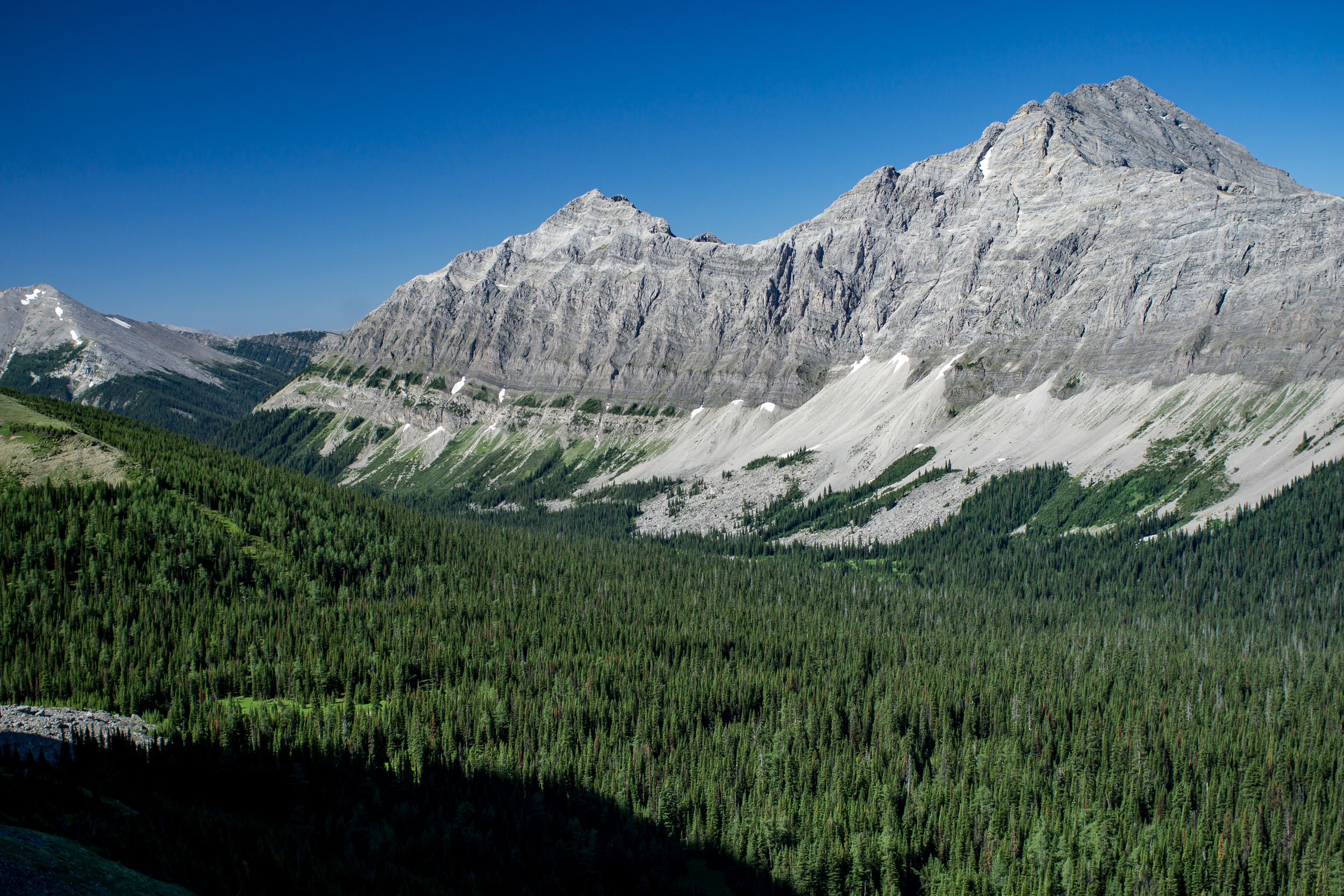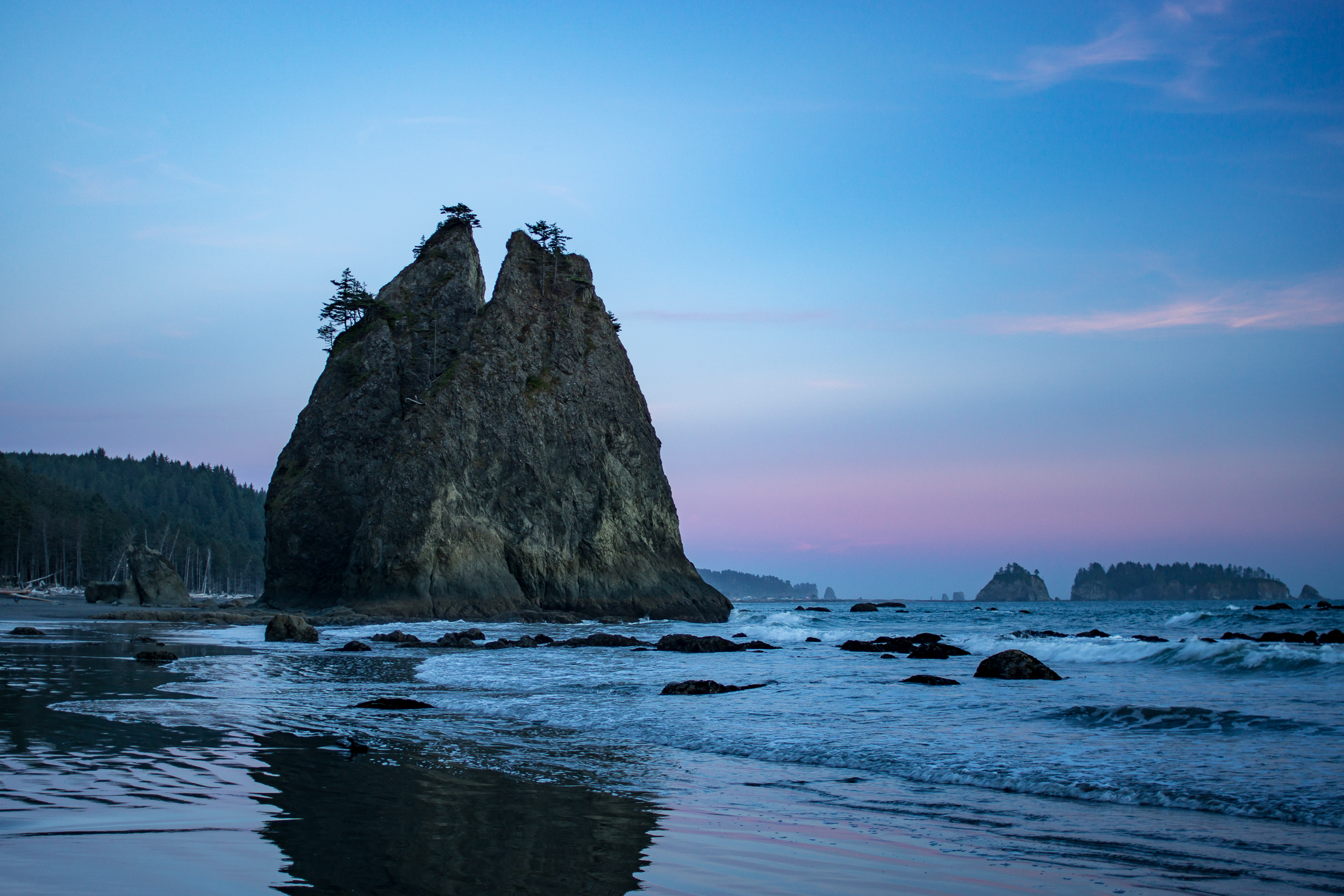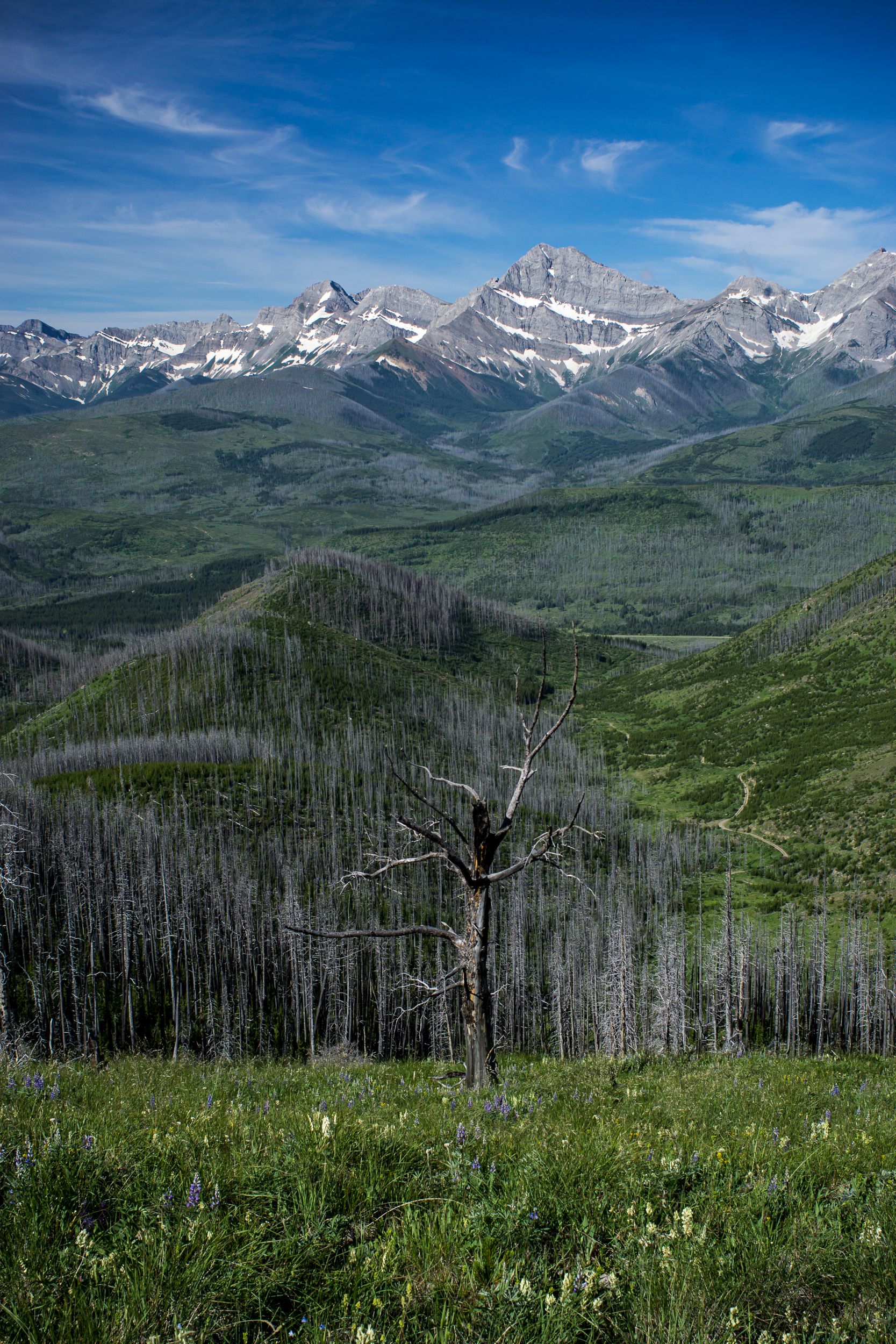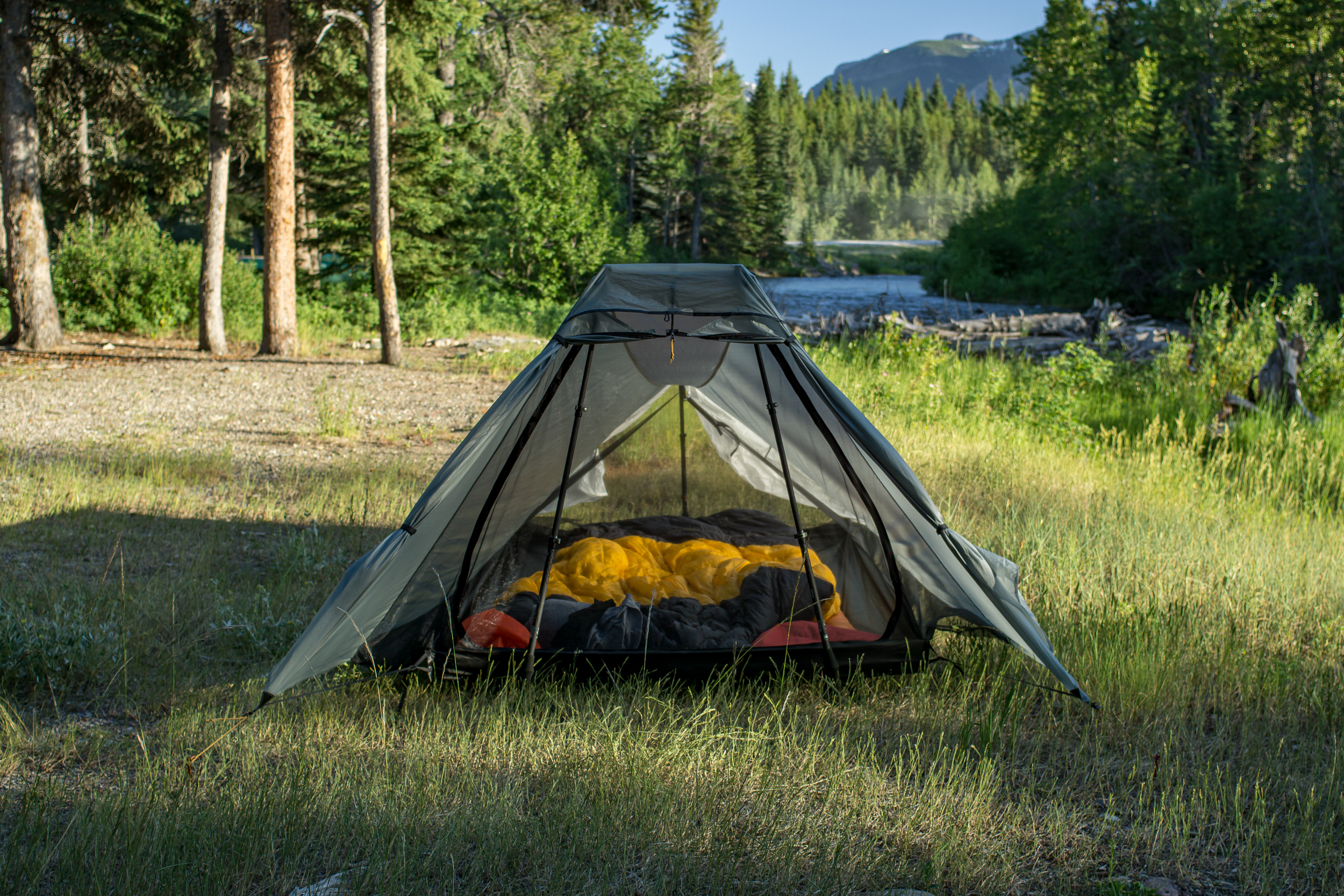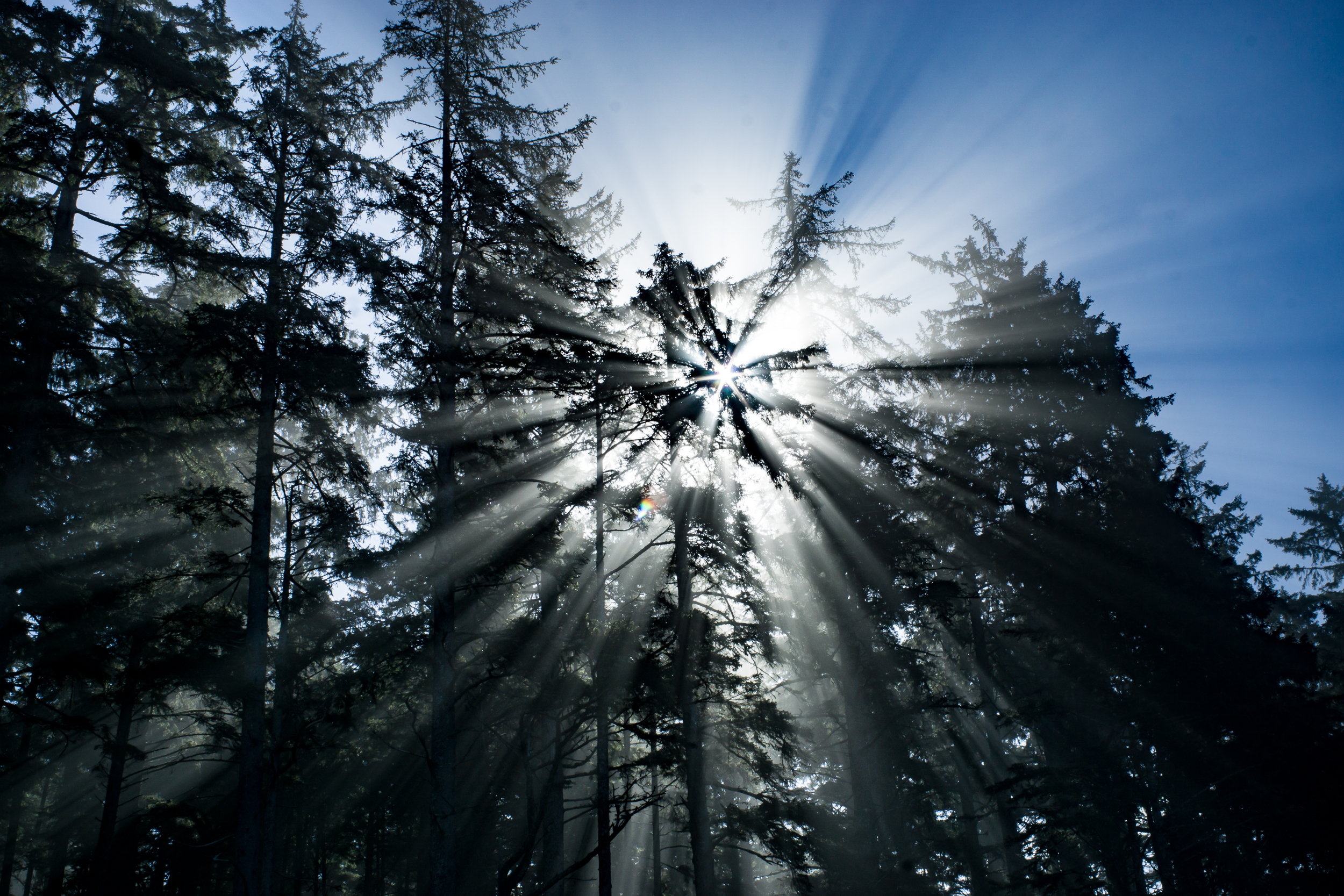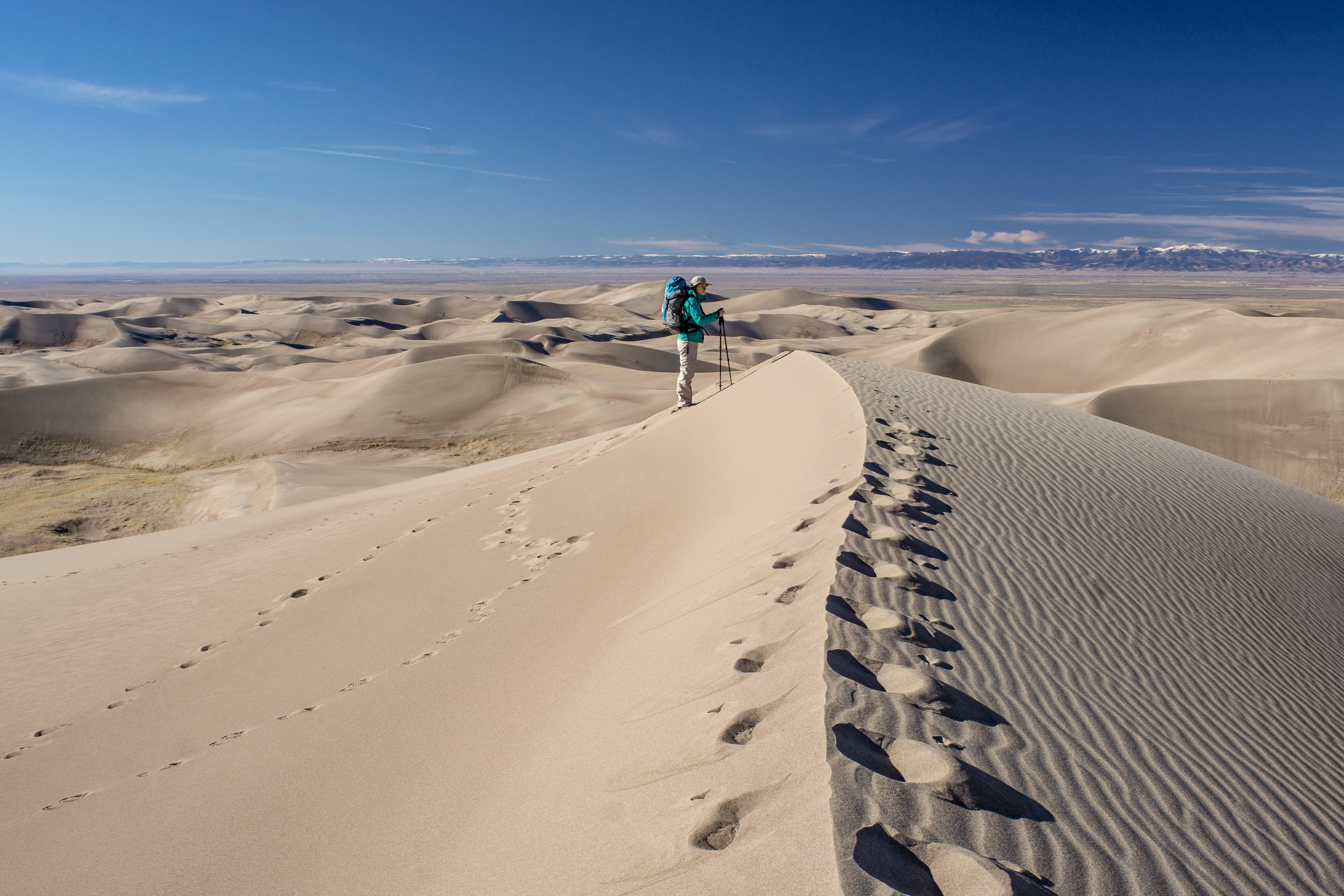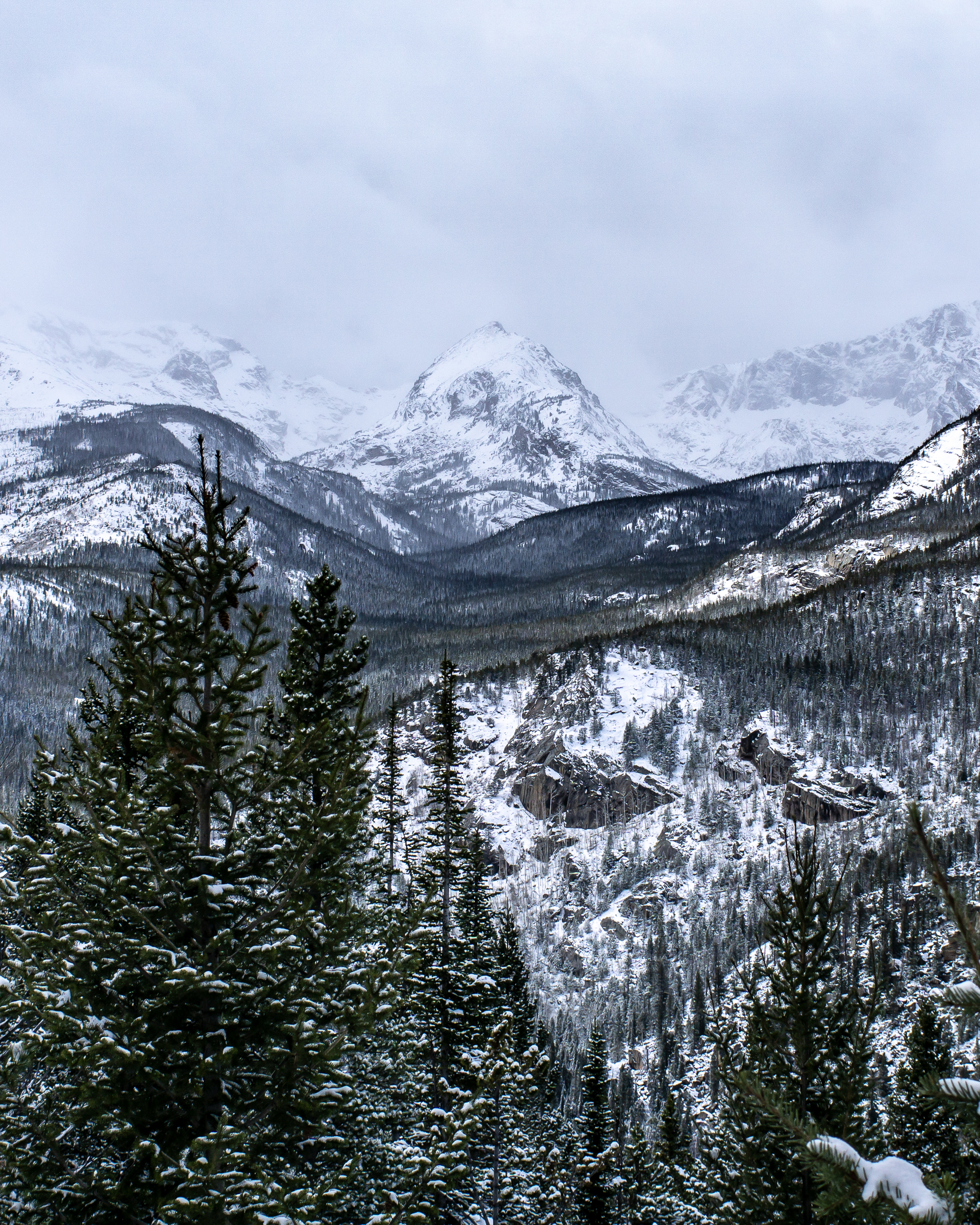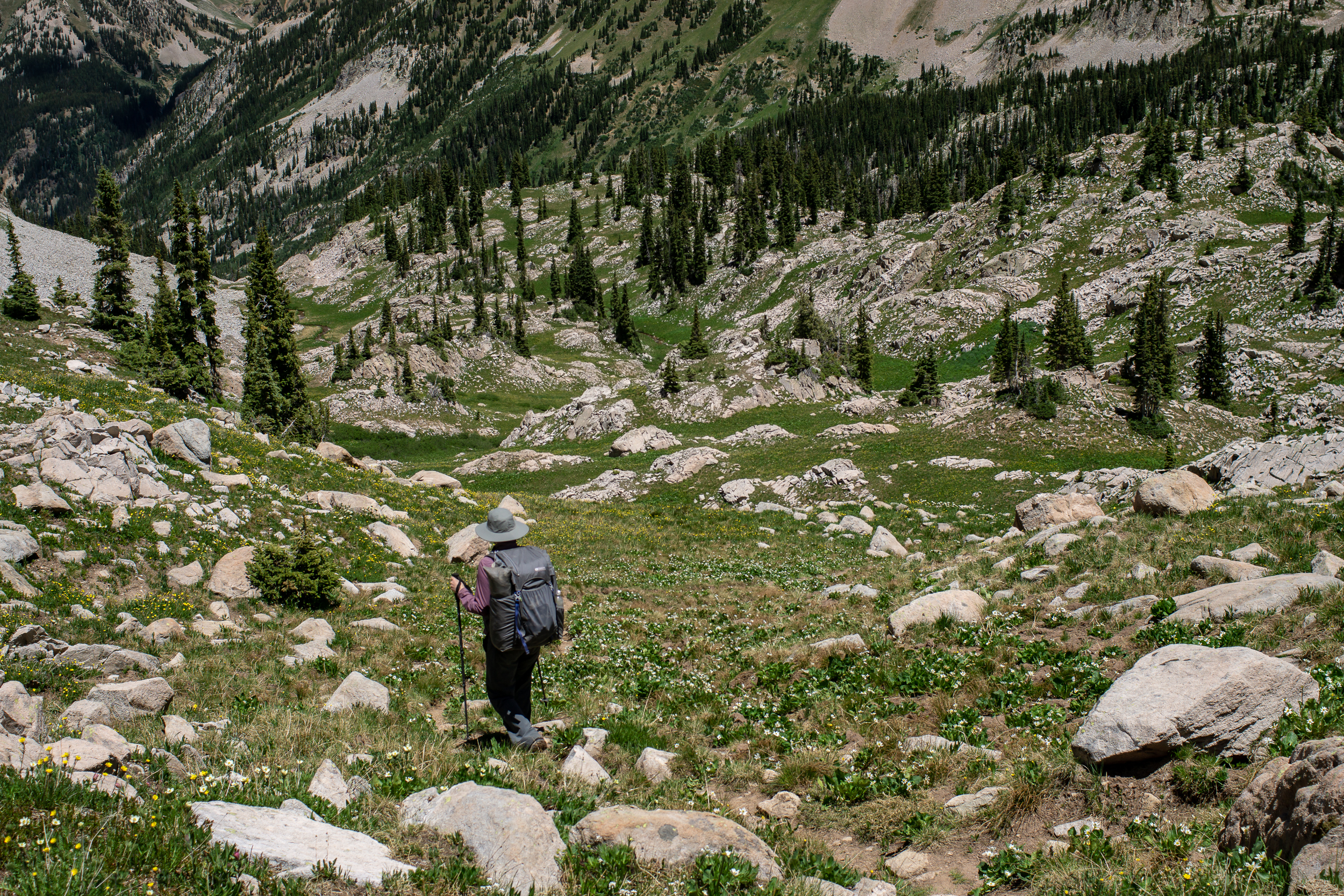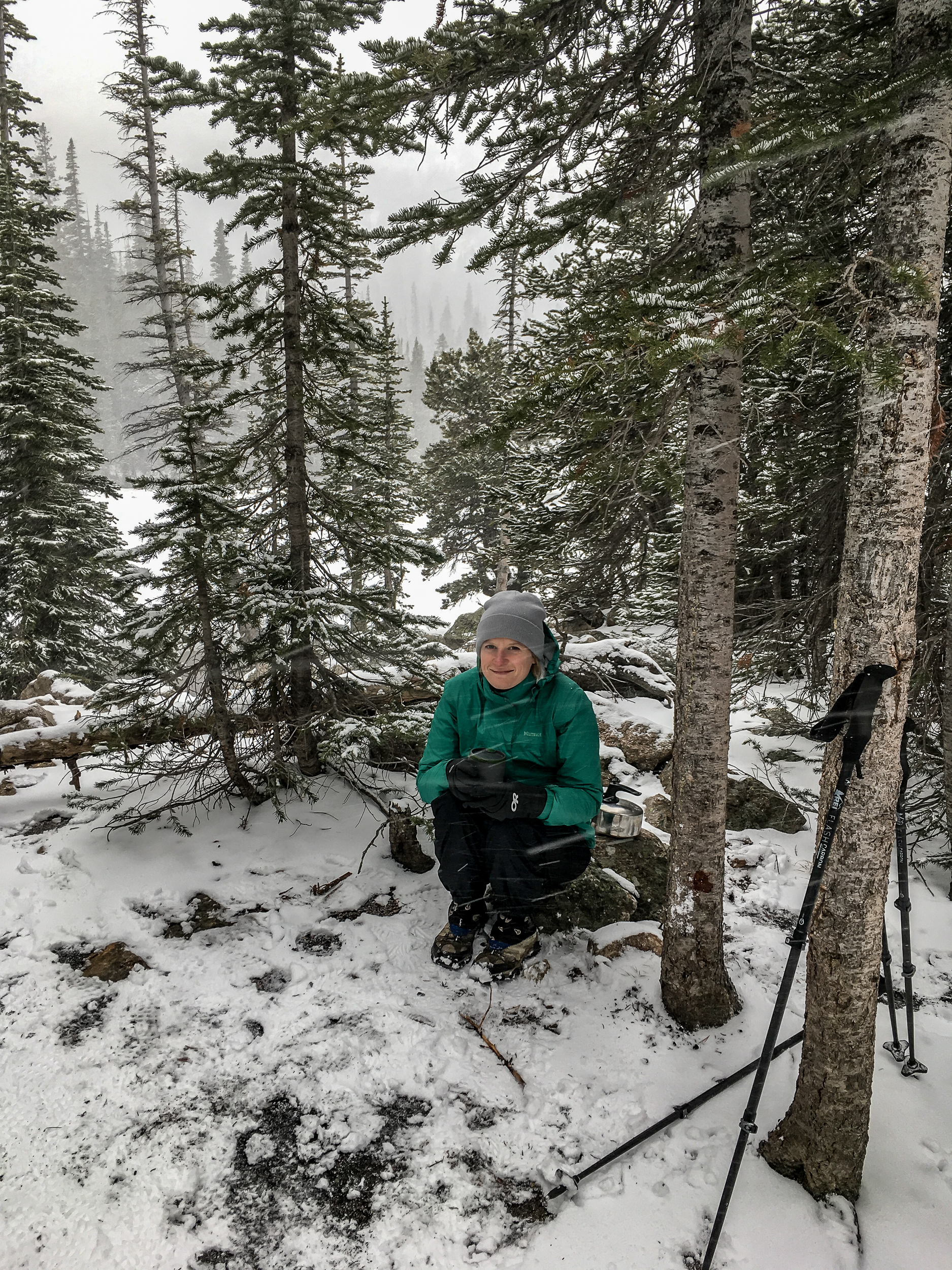I really like taking photos. So when I’m out in the backcountry, I have to bring my camera. I use the Sony A6000.
Lens choice is always a big conundrum and my PNT thru-hike was no different. I was on the fence about which lens to take. I went with the Sigma due to its extreme light weight (5.6 ounces) and I thought the focal length would be a good all-around lens. It’s crisp, decently fast at f2.8, the depth of field is nice, and it’s the first auto focus lens I’ve owned in over a decade. The pictures have a very real/matter of fact/documentary style. Straight edges, very angular. I think this would be a great street photography lens. But out here in the big wild country I found the images to be flat and, well, kinda blah. I was uninspired by the lens and felt that due to its documentary “look” I was doing just that—taking pictures to document but not getting into the creative process.
Enter the Rokinon. I love this lens for landscapes and at an f2.0 it’s going to rock if I can stay up/get up early for some astrophotography. It’s a ton of fun to shoot cause the angles are rather unique as it falls into the ultrawide angle lens category. Close-ups get pretty weird with it, too. I love those slightly unreal perspectives. Downsides are it weighs three ounces more and it really is only designed for wide angle shots. But I have my phone (iPhone 7) if I need some tighter shots.
I’m looking forward to exploring and sharing what the lens can do in the backcountry!







